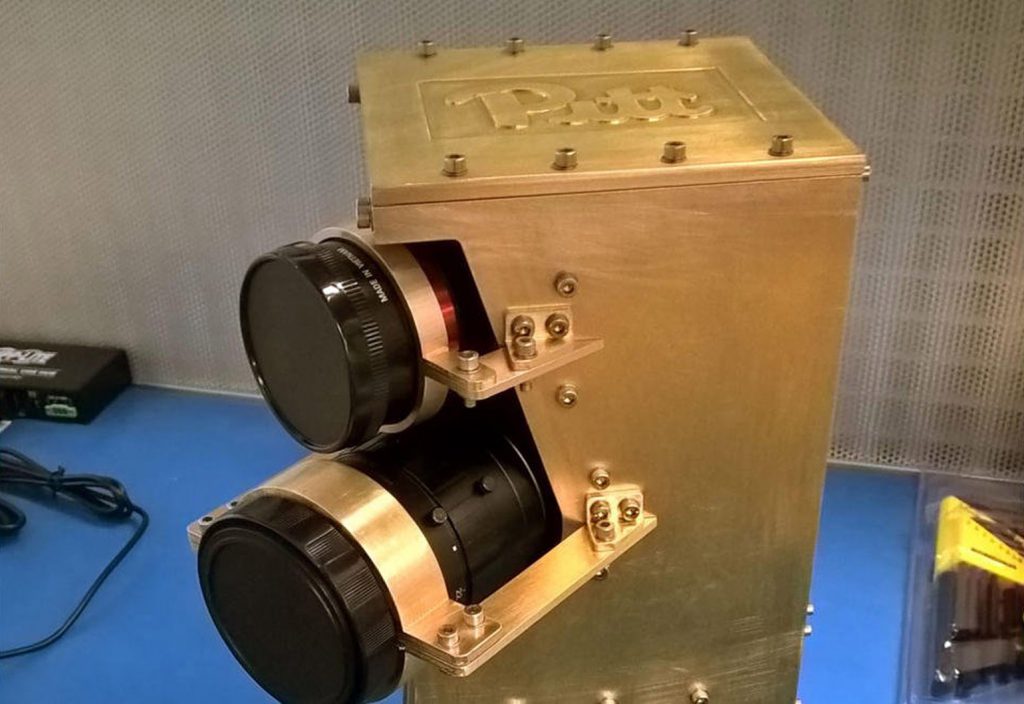Preparations are being made for a new space supercomputer to be installed on the International Space Station (ISS).
The Space Test Program-Houston 6 (STP-H6) hybrid and reconfigurable space supercomputer is being developed at the University of Pittsburgh’s NSF Center for Space, High-performance, and Resilient Computing (SHREC).
“Computer engineering for space is the ultimate challenge,” said Alan George, Professor of Electrical and Computer Engineering (ECE) and founder of SHREC.
“Space computing has become a principal challenge in all spacecraft, since remote sensing and autonomous operation are the main purposes of spacecraft and both demand high-performance computing.”
The STP-H6 has passed extreme environmental testing at the NASA Goddard Space Flight Center in Maryland. It is now at the NASA Johnson Space Flight Center in Houston for a year of integration and verification before travelling to the ISS on a SpaceX rocket.
The H6 is nearly three times more powerful than its predecessor (H5), which was launched last year, and will remain on the ISS, working separately and together with the H6 system on a dynamic set of space technology experiments.
“After one year in space, the H5 system is proving highly successful in the harsh environment of space, and researchers are using it as a sandbox for a growing list of experiments uploaded from the Pitt campus. When a new technology is deployed in space, the first and biggest question is whether it will operate well there, and ours continues to impress,” he said.
“Our new system has a similar goal to perform in space and evaluate our new kind of space computer featuring an unprecedented combo of high performance and reliability with low power, size, weight, and cost. The big difference is that our STP-H6 system is more powerful in computing and sensing capability and arguably the fastest computing system ever deployed in space.”
Professor George says another interest aspect of the project was a collaboration with the University’s Department of Mechanical Engineering and Materials Science.
“Our first ISS experiment entirely focused upon R&D topics in computer and electrical engineering, so it was handled entirely in SHREC and ECE,” he said.
“However, our second mission brought additional challenges in mechanical design, thermal analysis, and safety analysis – challenges that we as electrical and computer engineers couldn’t tackle alone – so we reached out to colleagues in the mechanical engineering department.”



